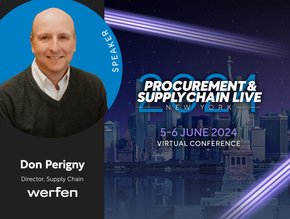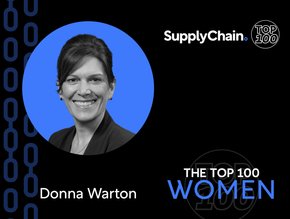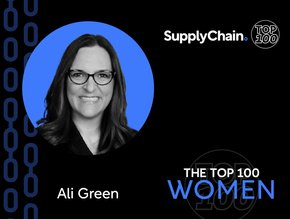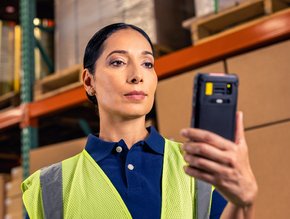Hershey increases its cocoa deforestation initiatives by investing in supply chain sustainability
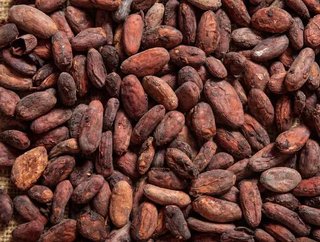
The Hershey Company has unveiled its action plans to protect and restore forests in cocoa growing regions in West Africa, as part of its Cocoa For Good sustainable cocoa supply chain strategy.
In early 2018, the company announced its Cocoa For Good strategy to develop and foster a more sustainable cocoa supply chain through the investment of half a billion dollars by 2030. This will see Hershey “safeguard the world’s cocoa supply, the livelihoods of cocoa farmers and communities around the world.”
As a founding member of the Cocoa & Forest Initiative (CFI), Hershey recognises its responsibility in shaping a sustainable supply chain and as part of its new CFI forest protection plans for Ghana and Cote d’lvoire, Hershey will implement a holistic approach to engaging the supply chain ecosystem.
SEE ALSO:
-
The winners of the Ecovadis 2019 Sustainable Procurement Leadership Awards
-
Supplier Responsibility Progress Report 2019: Sustainable success for Apple
-
General Mills to advance regenerative agriculture practices to grow sustainable supply chain
These plans include distributing 900,000 multi-purpose trees to farms in Ghana and Cote d’lvoire by 2022, distributing more than 2.5mn improved cocoa seedlings to farmers and satellite mapping 50,000 farms across the two countries in the Hershey supply chain by 2019.
Satellite mapping in particular is an area of increased focus for the company, with a goal of mapping 100% of farms across Ghana and Cote d’lvoire by 2025 as it looks to implement traceability from farmer to first purchase point and stat a deforestation alert system.
The company has already achieved its goal of no sourcing from natural parks and reserves by 2018 and Hershey will continue support more than 1,000 farmers in the supply chain acquire land documentation and tree registration.
“Cocoa, the key ingredient in chocolate, is beloved by people around the world,” said Beatrice Moulianitaki, Head of Sustainable Sourcing. “We want to ensure that this cherished product continues to be available for a growing number of consumers worldwide without damaging the forests close to where most of the world’s cocoa is grown. With the proper care and resources, we are confident that cocoa can continue to grow while protecting sensitive forests and habitats in the region.”

